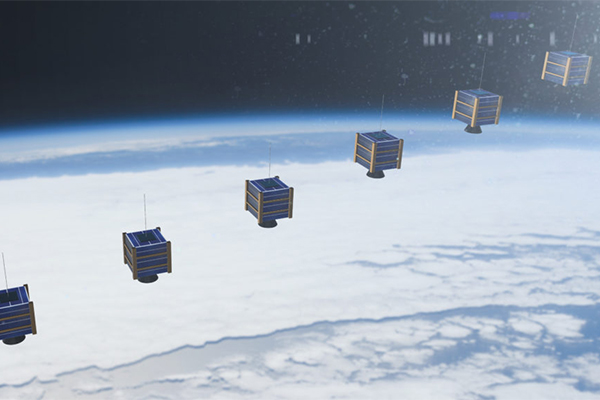 Over 8,135 small satellites will be launched between 2018 to 2028, across all regions, analyst NSR’s Small Satellite Markets’ 6th Edition report has predicted. NSR evaluated all announced constellations and presented the likelihood of launch for each, according to which only 18% of all planned constellations are highly likely to succeed to the launch stage.
Over 8,135 small satellites will be launched between 2018 to 2028, across all regions, analyst NSR’s Small Satellite Markets’ 6th Edition report has predicted. NSR evaluated all announced constellations and presented the likelihood of launch for each, according to which only 18% of all planned constellations are highly likely to succeed to the launch stage.
A significant part of small satellite market is dominated by constellations. There are over 120 smallsat constellations currently planned across Communications, Earth Observation, and Situational Awareness applications.
As the industry starts to settle into the next stasis and capitalise on the ripple effects of the disruption of small satellites, with new emerging applications like Space Situational Awareness and in-space transportation systems, ‘mass extinction’ is imperative for the industry to thrive overall.
In the case of smallsat markets, that means exits, M&As and consolidations. This phase of transformation is now evident in some of the prime elements of the value chain: operators, manufacturers and launch service providers.
In-house manufacturing is also limiting the size of the revenue pie, the report said. One of the most favourable characteristics of smallsats is the simple design and ease of manufacturability. As a result, many players are able to manufacture their systems in-house, thereby lowering the overall addressable market for traditional manufacturers.
The growing competition and a limited revenue pie are pushing the manufacturers to increase the capability-to-price ratio further. Mass production, COTS and more efficient production processes are just some of the practices the manufacturers have adopted to lower their costs to offer competitive prices.
 Among various other new applications and business models, smallsats also triggered the concepts of rideshare missions, dedicated smallsat launchers and more recently, dedicated rideshare programs like the one offered by SpaceX. Across all categories, NSR tracks over 130 launchers currently in development.
Among various other new applications and business models, smallsats also triggered the concepts of rideshare missions, dedicated smallsat launchers and more recently, dedicated rideshare programs like the one offered by SpaceX. Across all categories, NSR tracks over 130 launchers currently in development.
As with the concept of punctuated equilibrium, the advent of small satellites has had a critical impact on the evolution of the satellite industry. The relative simplicity of smallsats, and the associated low-cost architecture are enabling easier access to space. By lowering the barriers to entry, this market not only impacts the commercial industry, but it’s becoming a critical element of STEM education.
However, from a phase of equilibrium to disruption by small satellites, the industry is now in the midst of what is called the ‘mass extinction’ in the theory of evolution which raises the question as to how many manufacturers, launchers and operators will be strong enough to survive this phase of the industrial evolution.














Add Comment